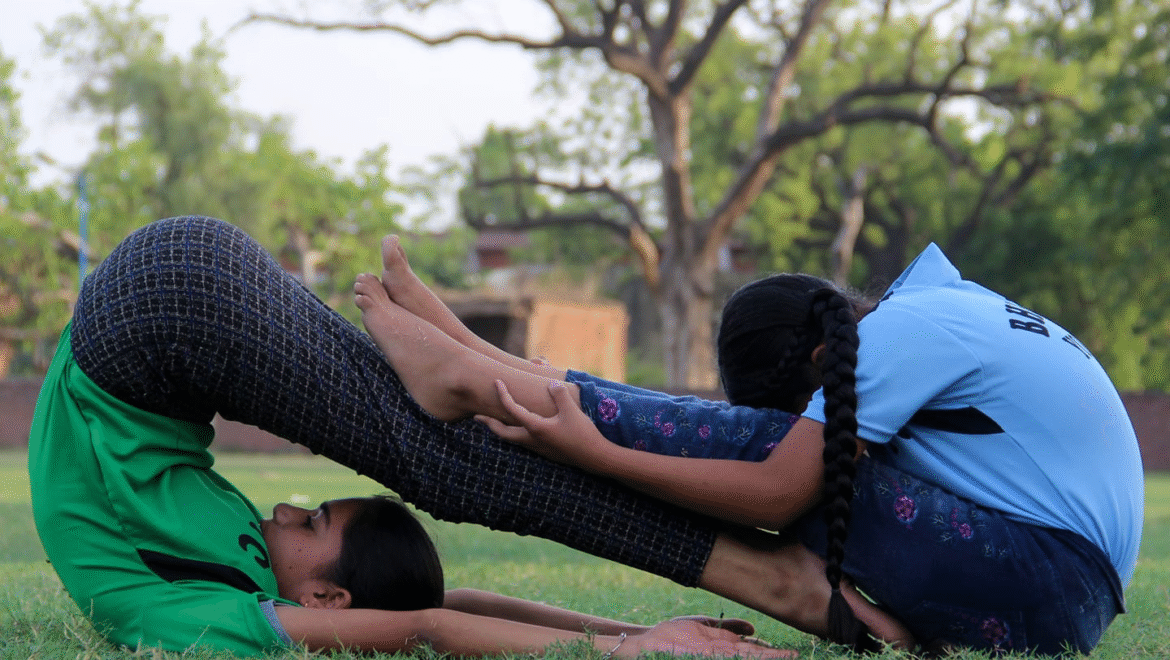AI Generated Summary
- As more city dwellers discover its far-reaching advantages—grounding the mind, invigorating the body, and nurturing the spirit—the ancient art continues to flourish, proving that in the midst of urban chaos, a moment of quiet stillness can work wonders.
- “Once I cut back on eating out and committed to yoga every morning, I felt a remarkable shift in my mood and stamina.
- From dawn until dusk, people of all ages are unrolling their mats to practice sun salutations, breathing exercises, and meditative poses—seeking a respite from hectic schedules and rediscovering balance in both body and mind.
In the heart of our bustling metropolis, a quiet revolution is unfolding on sprawling lawns, urban gyms, and neighborhood yoga studios. From dawn until dusk, people of all ages are unrolling their mats to practice sun salutations, breathing exercises, and meditative poses—seeking a respite from hectic schedules and rediscovering balance in both body and mind.
Across the city’s green belts and public parks, free yoga sessions have become a fixture in local communities. Come morning or evening, groups gather under the canopy of trees or beside jogging tracks, guided by volunteer instructors eager to share the ancient discipline. Santosh Aggarwal, a resident of Aggar Nagar, has been a regular at one such park class for the past three years. “Since I began, I’ve felt more relaxed and energetic throughout the day,” he says. “Yoga has become integral to my routine.”
Long-time practitioner Neha Grewal of Sarabha Nagar views yoga as far more than a physical workout—it is “an art of living.” With 15 years of experience, she emphasizes that the practice demands a holistic commitment. “There are no real benefits if you indulge in junk food or stay up late,” she notes. “Yoga thrives on discipline, and only a structured lifestyle can unlock its full potential.”
Advocates are calling for yoga to be woven into the fabric of education. Certified instructor Rohit Kumar argues that childhood is the ideal time to introduce the practice, which he dubs “an elixir” for modern ailments such as obesity, hypertension, depression, diabetes, and panic attacks. “If schools make yoga mandatory, children will grow up with healthier habits,” Kumar insists. “These early lessons in breathing and mindfulness can shape their well-being for life.”
Indeed, the benefits extend beyond stress relief. Breathing techniques like anuloma-viloma, which trains practitioners to balance inhalation and exhalation, have shown promise in easing respiratory conditions. Meanwhile, asanas such as Padmasana—a lotus pose long revered by yogic sages—enhance flexibility and strengthen core stability. Rooted in ancient Indian traditions, yoga offers a pathway not only to physical health but also to profound spiritual experiences, guiding adherents toward states of inner peace known as Moksha and Samadhi.
For many corporate professionals, yoga has been transformative. Thirty-two-year-old Sheetal, whose demanding office job once left her drained and demoralized, credits daily pranayama with renewing her vitality. “I struggled to find energy or time for exercise,” she recalls. “Once I cut back on eating out and committed to yoga every morning, I felt a remarkable shift in my mood and stamina.”
From the serene silence of dawn practices to lively community workshops, yoga’s appeal is unmistakable. As more city dwellers discover its far-reaching advantages—grounding the mind, invigorating the body, and nurturing the spirit—the ancient art continues to flourish, proving that in the midst of urban chaos, a moment of quiet stillness can work wonders.




